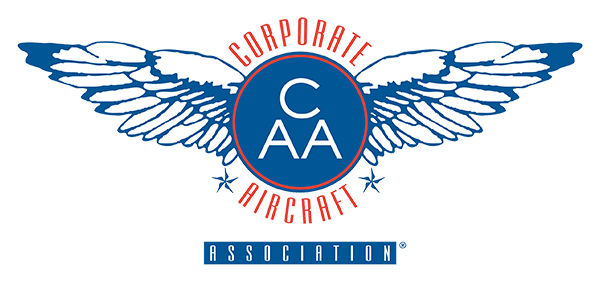Results 1 to 4 of 4
-
Username ProtectedMember
- Posts
- 31 Posts
- Thanked 17 times
- Phenom 100 Owner & Pilot
- Join Date
- Joined Dec 2020
06-24-2021, 07:44 AM #1
#1
Wet Runway - ATR Use - P100
In reviewing performance numbers for wet runway takeoff situations, I’m confused about a couple of things:
- Takeoff distance is shorter with ATR OFF. Not the case for dry runways. Why?
- Often takeoff distance decreases as weight increases. Why?
Again, both of the above are for the wet runway condition on the P100.
I have a flight coming up this weekend out of a 5000’ ft strip where it will likely be wet. The slight ATR Off advantage may make the difference between using the closest airport or moving further away.
Thanks,
(Username Protected) -
Username ProtectedStar Contributor
- Posts
- 745 Posts
- Thanked 507 times
- Phenom 300 Owner & Pilot
- Join Date
- Joined Oct 2020
06-24-2021, 08:07 AM #2(Username Protected),
(Username Protected) posted this in another thread, which partly answers the question (ATR OFF = less thrust)
The anomaly you bring up is due to VMC limiting V1.
As the temperature increases, the thrust output of the engines decrease. With lower thrust, VMC for ground (VMCG) and air (VMCA) decrease.
V1 cannot be lower than VMCG (and actually has to be even a little above it), and VR cannot be less than VMCA (plus a small margin). V2 is also limited by VMCA.
Sooo...what we end up with is a situation where the lower thrust of high temps paradoxically results in lower V speeds, and thus lower takeoff field length requirements. Climb performance will be much worse, however, and may end up the real limit at high temps. -
Username ProtectedMember
- Posts
- 31 Posts
- Thanked 17 times
- Phenom 100 Owner & Pilot
- Join Date
- Joined Dec 2020
06-25-2021, 08:16 AM #3
#3
Thanks (Username Protected),
An unexpected result from reducing thrust, but I can understand it given the secondary restraints on V1. Perhaps the increased weight also allows a lower V1 on a wet runway by giving the tires better grip during asymmetric thrust.
—(Username Protected) -
Username ProtectedFrequent Poster
- Posts
- 102 Posts
- Thanked 123 times
- Phenom Instructor/Mentor
- Join Date
- Joined Oct 2020
06-30-2021, 08:55 AM #4(Username Protected)-
Increasing weight leads to a decrease in VMC- unintuitive, for sure. So with a lower VMC, V1 and/ or VR and V2 can be lowered, all of which will lead to a shorter takeoff distance...
On a wet runway V1 is much lower than normal to attempt to "rebalance" the takeoff- that is make accelerate-stop and accelerate-go equal again. If we kept the same V1, acc-stop would increase and we'd need a lot more runway. By lowering V1, in a perfect world the takeoff would be re-balanced. But as we see, sometimes VMC issues limit how low V1 can go...Result is a little hit to takeoff performance.
- Quick Links
- New Posts
- Participated
- Subscribed
- Today's Posts
- Hot This Week


 Reply
Reply






















